Pain Medication Similar to Oxycodone
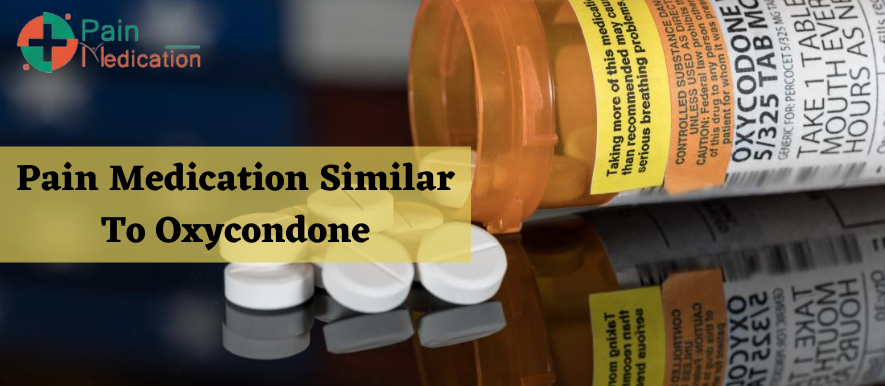
There are a variety of opioid medications on the market that are similar to Oxycodone. Doctors can prescribe them to manage pain, but they are all medications with potential risks and side effects. Some people use these medications for long periods without any problems, while others experience severe problems. It’s critical to see a doctor about the best technique to deal with discomfort.
Oxycodone is a medication that is similar to morphine. Oxycodone is a Schedule II drug and has a high potential for abuse. There are many different types of Oxycodone available, including extended-release and immediate-release formulations, and purchased over the internet or through a pharmacy.
Oxycodone hydrochloride, also known as OxyContin, is a prescription medication to treat moderate to severe pain. The medicine is an opioid and is considered a Schedule II controlled substance by the Drug Enforcement Administration (DEA). Oxycodone hydrochloride is available over the counter in pill or tablet form. However, this should only be consumed under the doctor’s supervision. Oxycodone hydrochloride can be addictive and has been linked to abuse and addiction.
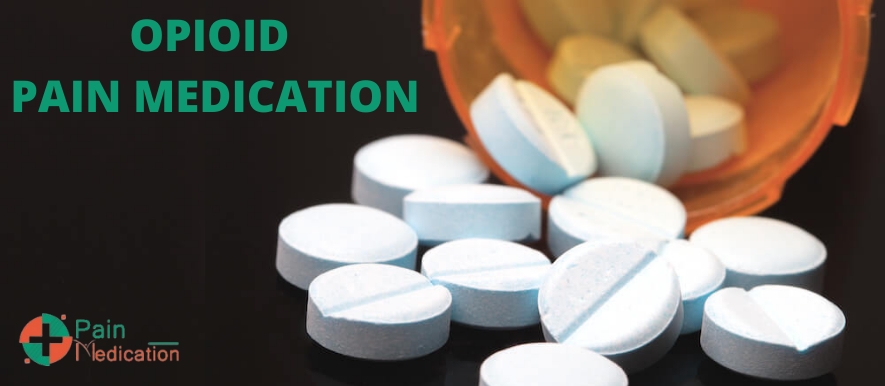
Oxycodone vs Hydrocodone: What’s the Difference?
Oxycodone and hydrocodone are two types of opioid drugs commonly prescribed to treat pain. However, there is a big difference between the two drugs, affecting how they are used and what risks they pose. Here’s a breakdown of the key differences:
- Oxycodone is more potent than hydrocodone, meaning it takes less of it to achieve the same effect.
- Oxycodone comes in both immediate-release (IR) and extended-release (ER) forms. ER oxycodone is usually taken once daily at bedtime. IR oxycodone is generally given twice daily.
- The risk of addiction is higher when taking Oxycodone compared to hydrocodone.
- When using Oxycodone, you may need lower doses than when using hydrocodone. Oxycodone also tends to cause drowsiness, so you should not take this type of medicine if you’re driving or operating heavy machinery.
- Because Oxycodone raises blood pressure, your doctor will probably advise you to avoid it if you have heart problems.
- While Oxycodone is generally safe for short-term use, it does carry some risks. For example, it can increase the chance of seizures.
- Hydrocodone is safer than Oxycodone. It carries fewer risks and does not appear to increase the chances of attacks.
OxyContin vs Oxycodone: Which is stronger?
One of the most commonly prescribed opioids is Oxycodone. Oxycodone is a semi-synthetic opioid that is chemically similar to morphine. It is available in both pill and tablet form. OxyContin is a brand name for a tablet form of Oxycodone. Oxymorphone is a semi-synthetic opioid that is chemically similar to Oxycodone. Similar to Oxycodone. It is available only in pill form.
Oxycontin
When you swallow an OxyContin pill, it dissolves into liquid form and enters your bloodstream. Your brain then receives a signal that you’ve had enough pain relief. As a result, endorphins are produced, which prevent pain signals from reaching your brain. Endorphins are natural substances produced by your body that help reduce pain. Oxycontin can be purchased over the internet, and users can easily find it in pharmacies and convenience stores.
The Risks Associated With Oxycontin
The main risk associated with OxyContin is dependence. Dependence occurs when someone becomes addicted to a substance. When you become dependent on something like OxyContin, you develop a physical craving for it. You might feel restless, irritable, anxious, depressed, or even agitated when you don’t get your dose. These symptoms go away after you stop taking the pills.
Another common side effect of OxyContin is constipation. Constipation happens when your bowels do not move normally. Over time, constipation can lead to other health problems, including hemorrhoids, anal fissures, rectal prolapse, and fecal impaction.
What is Oxycodone, and How does it function?
Oxycodone works by slowing down the body’s ability to react to pain. Oxycodone is often used to treat moderate-to-severe pain from cancer, arthritis, and chronic pain. When taken orally, Oxycodone works by binding with opioid receptors in the brain. These receptors may be found all over the body and help regulate emotions of pleasure and pain. When activated, they cause the release of endorphins, natural chemicals that produce feelings of euphoria and relaxation.
Oxycodone, also known as OxyContin, is a medication to relieve pain. Oxycodone works by blocking the effects of pain signals from the brain. This causes relief from the pain. Oxycodone is usually taken by mouth, but it can also be given as a shot or through a patch. Oxycodone is accepted, but it can also be injected or used as a patch.
In most countries, Oxycodone is only available through a doctor’s prescription. It is, however, available without a prescription over the counter in the United States.
What is in Oxycodone and How Does It Affect You?
There are various ingredients in Oxycontin that make it so addictive. A few of these ingredients include Oxycodone, acetaminophen, buprenorphine, and naloxone. These ingredients can be hazardous if overused or combined with other substances. Ordering oxycodone online can be a safer and more convenient way to get your medication.
Oxycodone can be addictive, and abuse can lead to serious health problems. Here are five ways oxycodone may affect you:
- Oxycodone can cause euphoria or feelings of well-being. This can make it easy to become addicted to the drug.
- Oxycodone can slow down breathing and cause dizziness or lightheadedness.
- Oxycodone can impair thinking and judgment.
- Oxycodone can increase blood pressure and heart rate.
- Oxycodone can lower the seizure threshold.
What is the proper oxycodone dosage for you?
The proper oxycodone dosage for you depends on various factors, including your weight, age, and medical history. Oxycodone is typically prescribed in doses of 5 mg to 15 mg per day. However, the amount may need to be increased or decreased depending on the patient’s response.
Oxycodone 10mg is the recommended dosage for most adults. The recommended dosage for children under the age of 12 is lower, at 5mg per kilogram of body weight. Oxycodone can be taken by mouth. Oxycontin is usually easy to get, and it can be bought online.
The correct oxycodone dosage for you depends on your individual needs and preferences. Oxycodone can be taken in various doses, depending on how much the person needs to feel relieved. Some people may need lower doses of Oxycodone to get the desired effects, while others may require higher doses. The best way to find out what dose is correct for you is to talk with a doctor or pharmacist.
5mg Oxycodone is available in both an oral pill and a liquid form. It is often prescribed for people who are suffering from chronic pain. Oxycodone can be taken as needed or as a regular treatment plan.

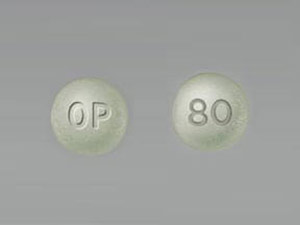
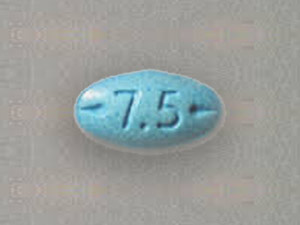
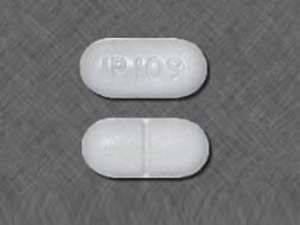
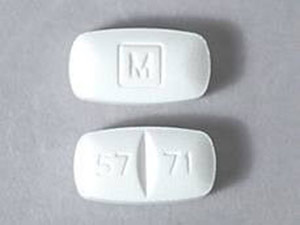
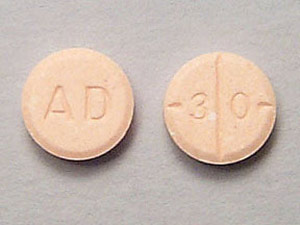

Leave a Reply